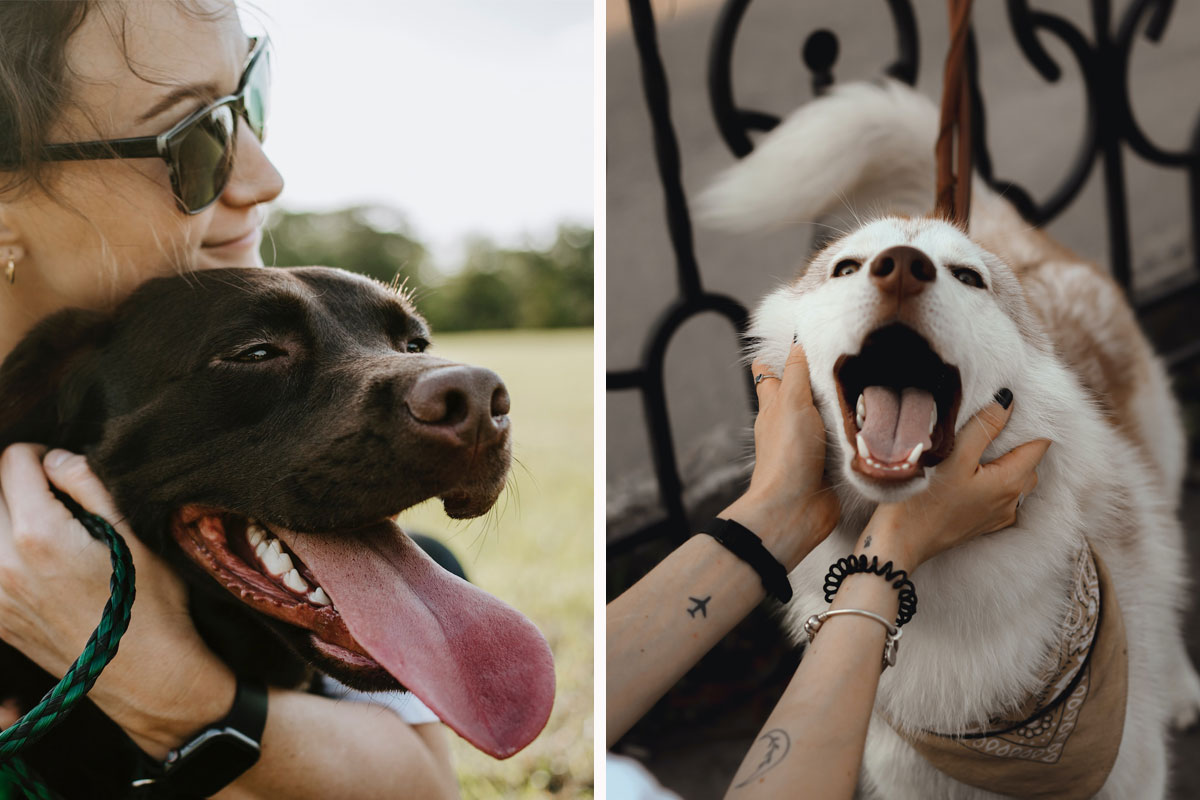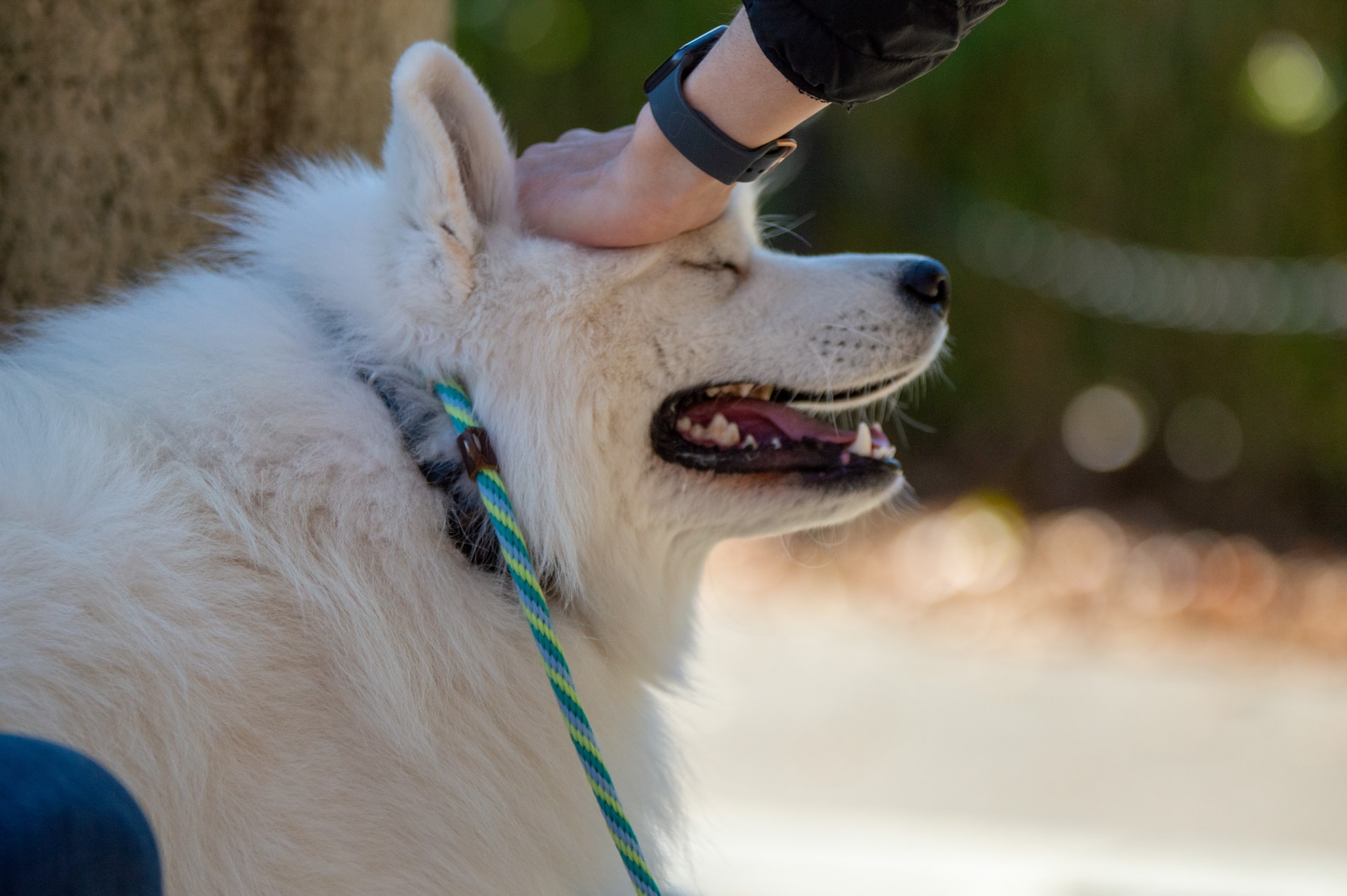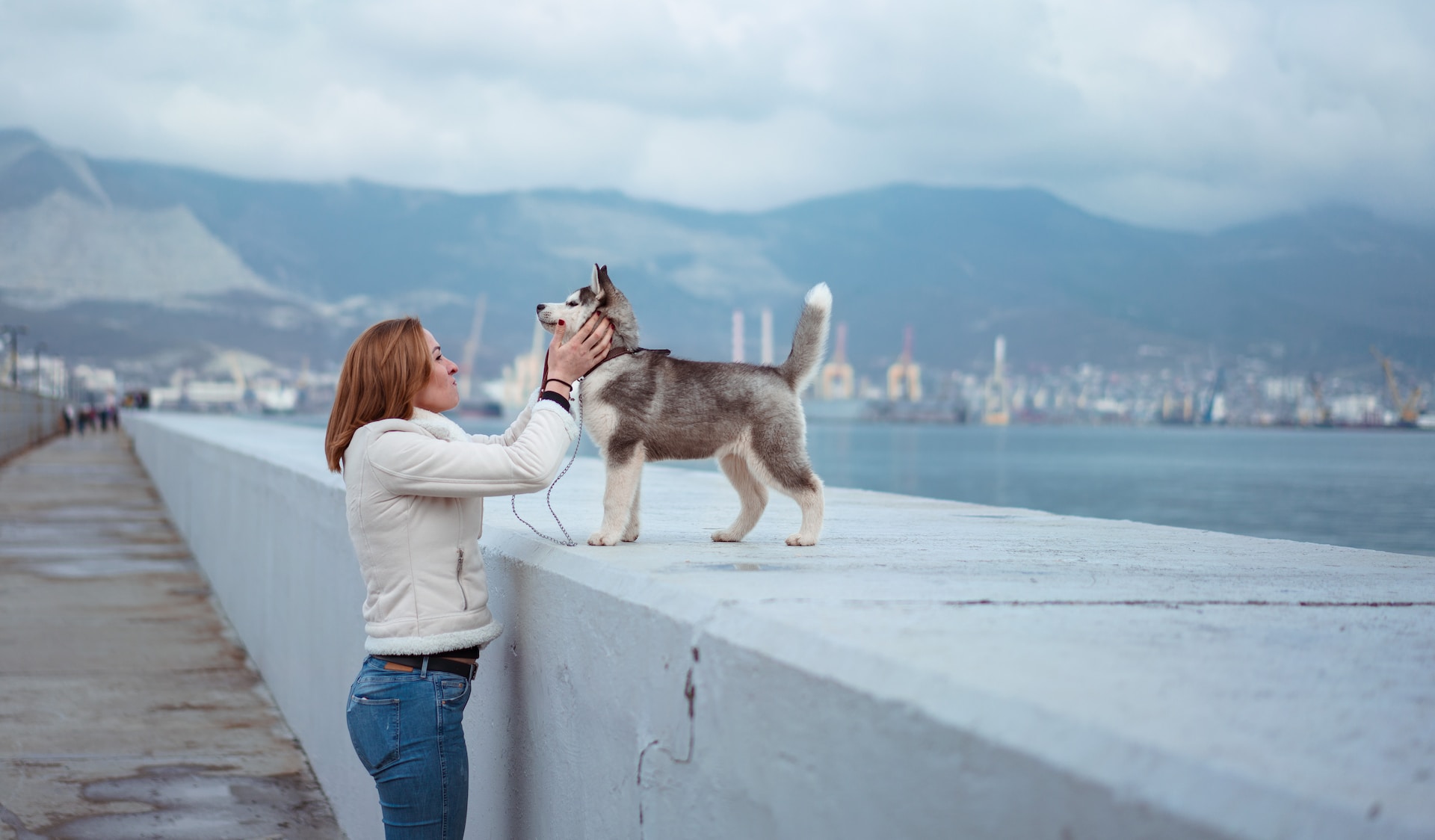
Why Dogs Like Being Pet: Insights from a Veterinary Technician
The information provided herein is for informational purposes only. Please refer to our disclaimer for more details..
Do Dogs Like the Feeling of Being Petted?
Have you ever been in the middle of a good scratch session with your dog and thought, “Does he even enjoy being petted?”
Like humans, our furry companions have preferences about how they show and receive affection. As living beings, there is no doubt that humans and dogs alike want to seek strong, safe bonds with those they love most.
- Dogs release 'love hormone' oxytocin when petted.
- Petting provides dogs with positive sensory stimulation.
- Assess a dog's body language before attempting to pet.
- Dogs prefer being pet on chest, shoulders, and neck base.
- Petting contributes to dogs' overall happiness and bonding.
If you have the privilege of being a pet parent, rest assured that your pup adores you beyond measure, especially after a loving pet!
Image source: Unsplash
Science tells us that oxytocin, nicknamed as “the love hormone”, can be released when you pet your dog. Positive sensory stimulation can also be a beneficial gain when dogs process the feeling of a gentle, physical touch.
Additionally, and arguably most importantly, dogs enjoy being petted because they have the innate ability to identify the act as an affectionate touch, positive attention and a soothing element.
When bringing a new dog into your home, whether if it’s a spry twelve-week-old or a sedentary senior, you’re going to want to make them feel bonded to you in a way that makes them feel safe and relaxed to ensure everlasting trust. The best and most natural way to initiate that bond is to express your love through petting them!
In a veterinary setting, pet experts find that petting their patients is favored by both parties that are involved. Both humans and canines could use a little boost of oxytocin in their lives! Petting can be a peaceful greeting, or even a straightforward offer at a friendship that we hope to keep alive and well for as long as possible.
However, going straight in for a pet can be intimidating and unnerving to canines who are unsure and uncomfortable in a veterinary setting. From experience, we have learned that dogs tend to not act like their true, authentic selves when nervous, so as dog owners, we need to be diligent about how we compose our initial approach before going straight in to pet the dog. Dogs like being pet, yes, but it needs to be on their own terms.
What to Consider Before Petting a Dog
Picture this: it’s a beautiful day and you’re out on a walk. You see a neighbor walking their strikingly beautiful Siberian Husky and you want nothing more than to give the pup a good scratch.
Image credits: Unslpash
Before you excitedly skip over, there are a few factors that need to be considered.
- First, always ask the owner for permission to greet the dog. If the answer disappoints you, try not to take it personally; we all have days where socializing isn’t on the priority list.
- Second, maintain the knowledge that a large percentage of canine communication is nonverbal.
- Next, observe the environment: is this a place of comfort or discomfort for the dog? Even if the green light is given, you need to assess the dog’s body language- are they at ease? Is their tail wagging and held high? Do they have an open, relaxed mouth? Are the ears in a neutral position? Is their hair laying nice and flat on their body?
All of these questions are things that need to immediately be addressed before approaching a new, potential friend. If these physical statues are put on stage, then go ahead and get your pets in!
Dogs who are eager to socialize can even sometimes greet you with a play bow, a submissive invitation to engage. A dog who is ready to be pet will oftentimes decide to initiate the touch by leaning into you or nudging your hand. Nothing will make you feel more like the chosen one than when a dog demands pets from you!
Attention to detail is unquestionably the most important attribute when it comes to approaching a dog that you intend to pet. Just like positive, nonverbal communication, you always need to be aware of what negative and unwelcoming body language looks like. Is the dog tense? Are their ears pinned back? Are their hackles raised? Do they have dilated pupils and wide eyes? Is direct, intense eye contact being made?
All of these nonverbal communication styles can be indicative of a dog who is uncomfortable, uncertain and not ready for a physical touch from a stranger. Just like we need space sometimes, dog behavior shows us that they need it too.
When walking up to a new dog, it is your sole duty to ensure that your presence is not intimidating. It is best practice to approach from the side and not head on- this can be frightening to have a stranger walking straight towards you.
As you’re closing in, do a mental check of the dog’s body language once more. If all signs are positive, let him initiate the first touch by initiating as many sniffs as he pleases. This is a great way to show that you are willing to go at his speed and there is no pressure involved for either of you.
Once you have confirmed the body language as positive and the nonverbal cues have been given for you to start petting, give that good boy the scratches he deserves!
Where Do They Like Being Petted the Most?
The best way to figure out where your dog prefers to be touched is to start with the safe places. There are numerous spots to pet a dog, but pet experts have exclusively found that the chest, shoulders and base of the neck have deemed themselves as the best spots to get your scratch on.
A comfortable and confident dog may guide you towards the parts of their body that are in need of a good petting. You could even hit the jackpot by befriending a dog who rolls over on his back for belly rubs! A dog who shows his belly to you is one who is submitting- in other words, they feel safe and comfortable. That’s a job well done on your part!
While each dog has their favorite spots where they prefer to be pet, you also need to be informed on areas to stay clear from as you decide on where to place your hands.
Most dogs may not want their mouth, top of their head, base of their tail, legs or feet touched. These anatomic regions can make the dog feel threatened or vulnerable, which isn’t a great way to kick off a blooming companionship.
Always start with a gentle approach as you gauge the ways the dog prefers to be pet; some love firm pats while many dogs love being stroked lightly. Dogs are able to express that they’re relishing in the pets by placing a paw on your body, leaning in for more, cuddling, giving even-tempo tail wags, remaining in a relaxed stance, and even giving kisses!
Is Your Pup Happy When You Pet Him?
The proof is in the pudding. Dogs like to be petted, and we can conclude that it does contribute to their overall happiness. From neck scratches to belly rubs, the fact that we can build a connection with the canine species through petting is nothing less than fascinating.
Image credits: Unslpash
It isn’t the act of petting alone that makes our furry shadows glow with happiness, it’s the blissful feeling that comes along with the gesture. The act of reassuring them how loved they are through every pet is what truly matters.
Dogs spend their whole lives waiting for us to come home, missing us when we are gone, and wanting nothing more than to please us. Some experts even believe that a dog is the only living being that may love you more than life itself.
One thing is for sure: a loved dog is a happy dog. So go home and pet your dog in all of the places that puts that big, goofy smile on his face; tongue lolling to the side and all.
Nourish that precious, tiny seed that will soon bloom into an irreplaceable companionship- you’ll be glad you did. Just think, it all started with a single, good pet.
165views
Share on Facebook





2
0